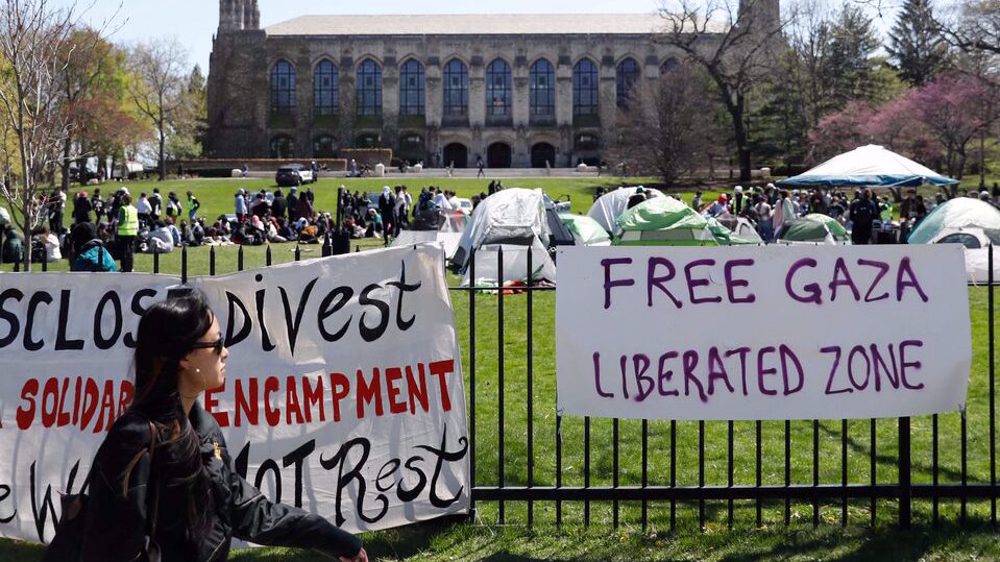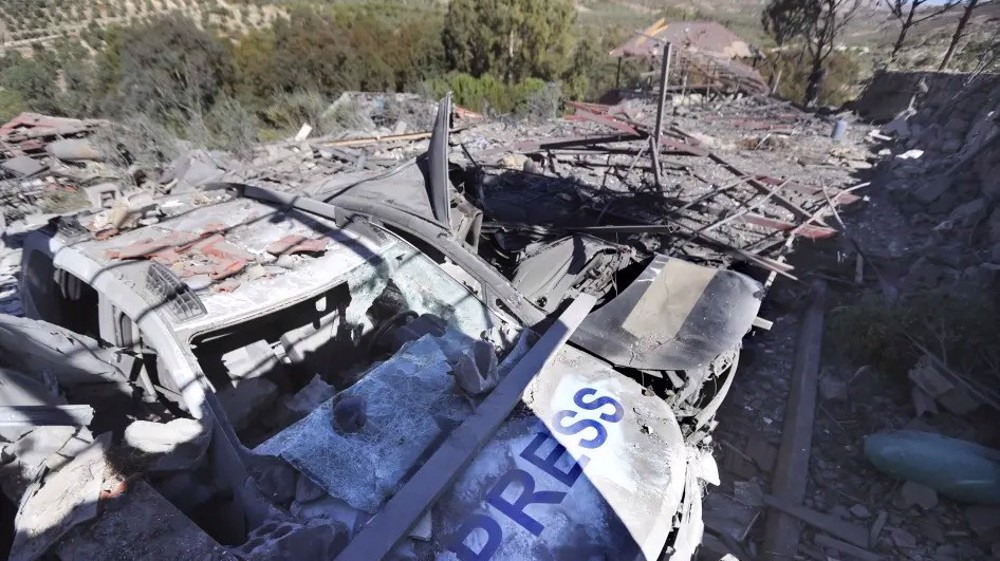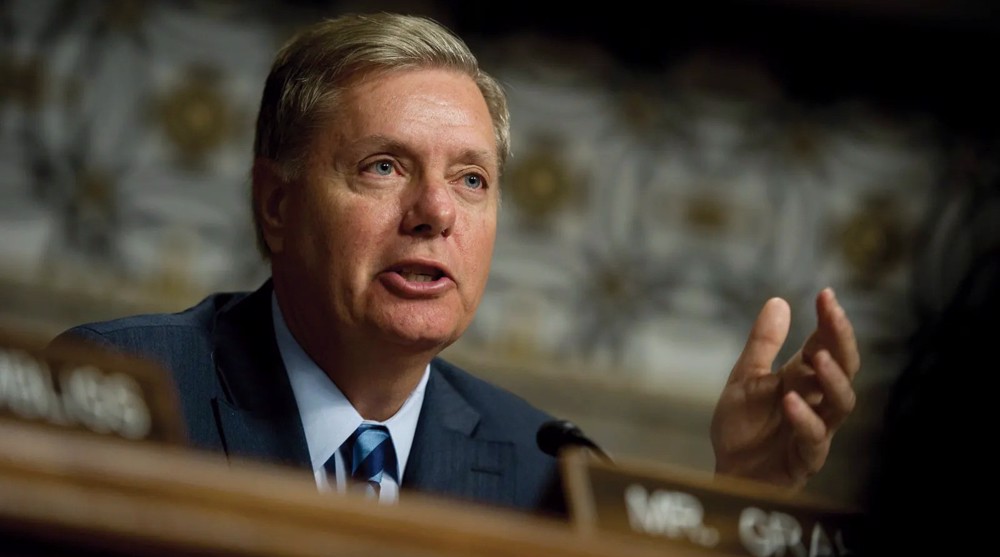NY governor says states making a mistake by reopening amid rising virus cases
New York Governor has warned against reopening of economies in some US states amid rising cases of the novel coronavirus, saying the decision is based on politics, not facts and data.
Governor Andrew Cuomo said on Wednesday, “You have states that are opening where you are still on the incline. I think that’s a mistake.”
The virus, which causes respiratory illness COVID-19, has infected 1,228,603 people and claimed the lives of 73,431 others in the US.
The global cases of coronavirus have now surpassed 3.8 million, with over 265,000 deaths.
Guomo said while data showed New York had "turned a corner" in the fight against the coronavirus, new cases were increasing in the rest of the country.
Over the past few days, the governor started to outline the criteria for relaxing lockdown restrictions on businesses in his state, after a three-week decline in hospitalizations and a downtrend in the daily death count.
New York is the worst-hit state by far, with more than a third of the country’s deaths.
Cuomo reiterated that the entire state would remain locked down until May 15, when his stay-at-home order is scheduled to expire.
He said 232 New Yorkers died on Tuesday from COVID-19, higher than Monday but half the daily fatalities recorded two weeks ago.
Hospitalizations fell by 421 to 9,179, the lowest since March 28, he added.
“Yes, our line is going down, our number of cases is going down," Cuomo said.
"You take New York out of the national numbers, the numbers for the rest of the nation are going up," he added.
Cuomo warned that the virus death toll in the US could be greater than what the current numbers showed.
At least 43 US states are set to reopen their economies, including many that have not even met White House guidelines on when to do so.
Under the guidelines of "Opening Up America Again," states are not allowed to reopen until they have a downward trajectory of positive cases in a 14-day period or a "downward trajectory of positive tests as a percent of total tests within a 14-day period.”
Health experts urged states authorities to meet those guidelines, to avoid the risk of a second wave of coronavirus infections and deaths that would overwhelm the already crisis-ridden hospitals, and hit people with expensive medical bills.
US lawmakers propose bill to punish universities boycotting Israel
Foreign-backed terrorists launch major attack against Syrian Army in Aleppo
Iraq says played vital role in facilitating ceasefire in Lebanon
IRGC chief: Lebanon truce ‘strategic, humiliating defeat’ for Israel
Koreans opposed to defense cost sharing with US
Nov. 27: ‘Axis of Resistance’ operations against Israeli occupation
VIDEO | Iranians hail ceasefire as victory for Lebanese people
VIDEO | Press TV's news headlines












 This makes it easy to access the Press TV website
This makes it easy to access the Press TV website